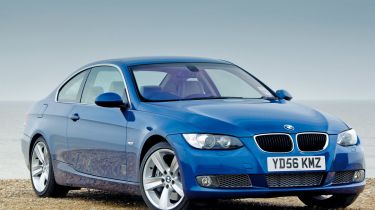BMW EfficientDynamics
EfficientDynamics slashes costs by improving efficiency

The maker of the Ultimate Driving Machine is as concerned about its cars’ carbon footprints as their handling. To reflect this, all BMWs now benefit in some way from the firm’s EfficientDynamics eco tweaks.
Depending on the model, this might be limited to the use of low-friction lubricants or electric power-steering. Yet it’s part of a huge programme that takes in everything from low-rolling-resistance tyres to lighter construction materials to reduce CO2 and consumption.
BMW was one of the first brands to see the potential of stop-start technology, although it’s available only on four-cylinder manual cars in the line-up.
Buyers who need an auto or prefer six-cylinder power will have to make do without the set-up, as the loads required to keep restarting the engine are too great for the kit to cope with.
Other updates under the EfficientDynamics umbrella include brake regeneration, gearshift indicators, electric power-steering and active aerodynamics.
The latter sees exterior vents close on start-up to allow the engine to reach operating temperature more quickly. Cold engines use more fuel, so this improves efficiency. The vents are then opened again when they’re required to cool the unit down.
Soon to hit showrooms are two new eco-models: the 316d saloon and 118d hatch. Both get a 2.0-litre diesel with a particulate filter, a six-speed manual box, stop-start, a gearshift indicator and brake regeneration. As a result, they return 62.8mpg and emit less than 120g/km of CO2 – good enough for road tax at only £35 a year. But neither will demand compromises on performance or driving fun.
BEST ECO BUY: 316d






